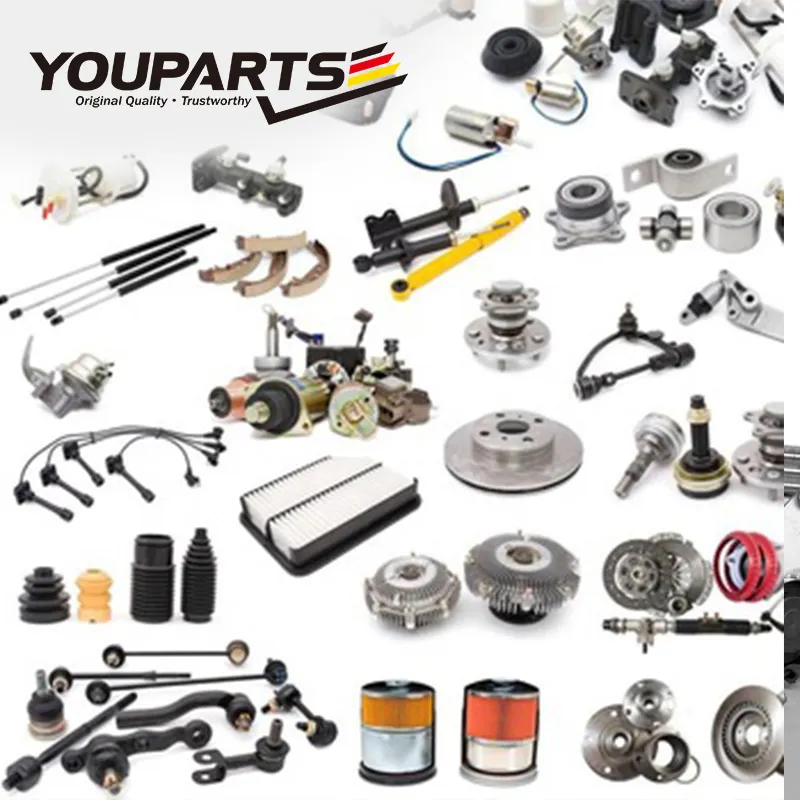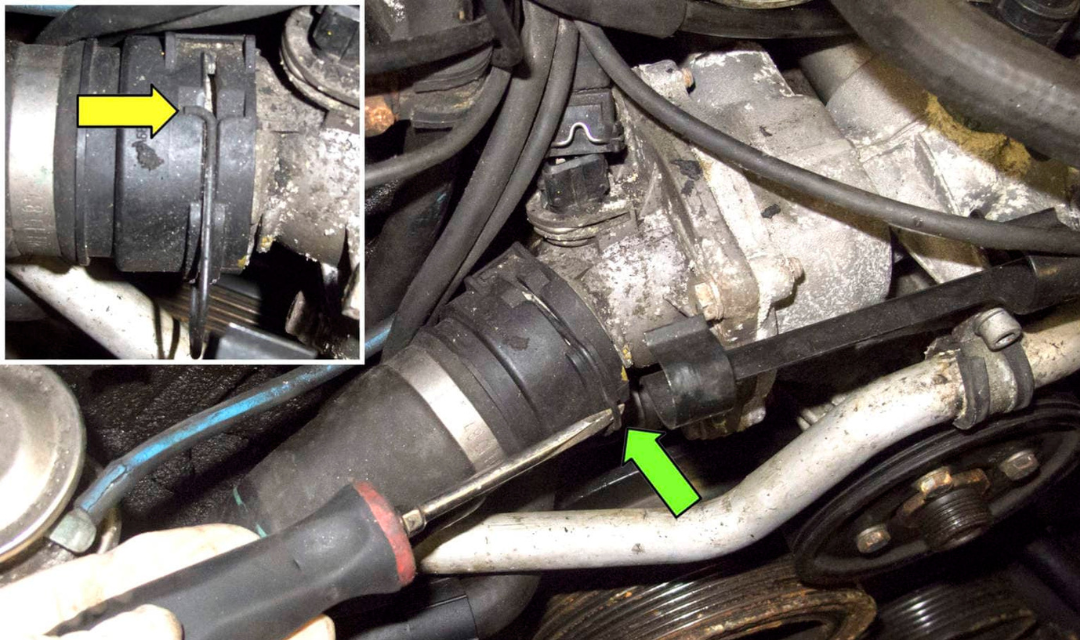When you hear “engine,” you usually think of a combustion engine. However, there are actually four main engine parts. They are the Engine block & Cylinders, Pistons & Crankshaft, Camshaft, and Flywheel. If you’re interested in knowing more about an engine, keep reading! Listed below are their important roles and how they operate. To understand them better, consider the following:
- Engine block & Cylinders
The engine block is the basic unit of an internal combustion engine. Before the cylinder block, an automobile engine was made up of a separate crankcase. Then, as the car grew in size, the cylinders were grouped together and pressed together. Later, when the cylinder block was large enough to house all of the parts, a separate crankcase was attached to it. But what is the real purpose of an engine block?
The engine block is made of various materials, including aluminum, cast iron, magnesium, and steel. Most of these materials are lightweight and provide high strength and durability. Aluminum blocks are lightweight but can be made of cast iron or steel. They are also more thermally conductive than cast iron. The crankcase of an aluminum block is usually made of an aluminum alloy. Cylinders are usually made of cast iron and often have chromium plating.
- Pistons & Crankshaft
A car’s engine has four major parts. The piston moves up and down in the cylinder and completes the four essential functions of combustion: inhaling air and fuel, compressing them, igniting them, and expelling the byproducts. The piston pushes against a portion of the crankshaft to turn the engine. When the fuel and air mixture burns, the piston pushes against the crankshaft, which turns it and keeps it spinning.
The pistons are the main components of the engine. They transfer heat energy produced during combustion to the crankshaft, which turns the wheels. Pistons are topped with oil and compression rings, which seal the combustion chamber and prevent oil leakage. The crankshaft is located in the lower section of the engine block and rounds the motion of the piston. The crankshaft is connected to a camshaft, which converts this linear motion into rotational motion.
- Camshaft
One of the oldest parts of an engine, the camshaft, is still in use today. Interestingly enough, the first known use of a camshaft dates back to the 13th century. Turkish philosopher and engineer Ismail al-Jazari described the function of cams in his book. Today, the principles that govern a camshaft are much the same as they were back then.
The camshaft mechanism consists of three parts. The driver member, known as the cam, and the driven member, called the follower, are mounted on a shaft. A series of bearings support the camshaft. The lobes work in synchronization with piston motion to open and close the valves. The camshaft rotates every two revolutions of the engine, and the follower moves the valves.
- Flywheel
The flywheel is a simple energy storage device in an engine. Its role is to maintain an even speed during all engine strokes and reduce vibration. Sometimes, the flywheel serves as a mounting surface for gears or the starter motor, which engages the flywheel to start the engine. This is why a flywheel is an important part of an engine. There are many advantages to the flywheel.
A lightened flywheel is typically used in racing cars and is extremely light. Lightened flywheels also reduce wear and tear on the drivetrain, especially the joints. A heavy flywheel improves performance under heavy load, while a lightweight flywheel is best suited for race cars. Lightweight flywheels are also easier to maintain and increase acceleration. If you want the most powerful engine, you may want to invest in a heavy flywheel.


